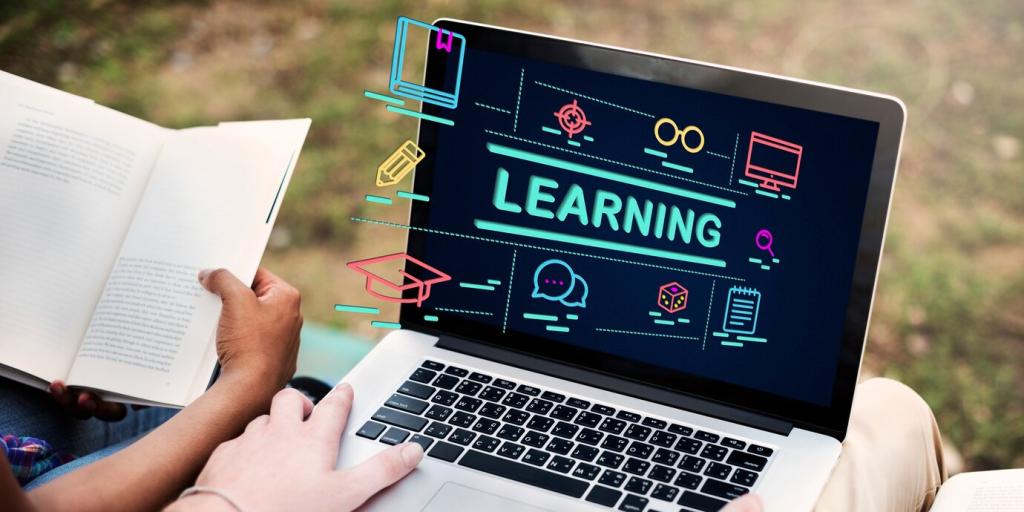The Impact of AI on Educational Accessibility and Inclusion

Adaptive Learning Platforms
Adaptive learning platforms harness AI to monitor student progress and dynamically adjust curriculum delivery. By analyzing real-time data on how students interact with materials and solve problems, these systems identify gaps in understanding and provide targeted resources or practice exercises. This responsive methodology is particularly beneficial for students who require remedial assistance or advanced challenges, enabling them to learn at their own pace. With adaptive learning, education becomes a journey tailored to each individual, removing barriers that often prevent equal participation and success.

AI Tutors and Virtual Assistants
AI-powered tutors and virtual assistants act as around-the-clock guides for students, answering questions, clarifying concepts, and providing feedback. Unlike traditional classroom settings where teacher attention is limited, AI tutors can offer immediate support whenever students need it. These systems are especially valuable for learners with disabilities or those in remote locations who may struggle to access expert guidance. By simulating personalized interactions, AI tutors help all students, regardless of background, to fill knowledge gaps and develop greater confidence in their own learning journey.

Multilingual and Accessible Content Creation
One of the most significant contributions of AI in educational accessibility is the automated generation of content across multiple languages and accessible formats. AI translation tools, captioning systems, and text-to-speech converters empower learners with language barriers or visual and hearing impairments to engage with educational resources fully. Educators can now offer lessons, readings, and assessments in formats that accommodate various learning preferences and abilities. The result is a more inclusive educational landscape where fewer students are left behind due to language or accessibility challenges.
Breaking Down Social and Geographical Barriers
AI-driven digital platforms eliminate the need for physical proximity to educational institutions, offering quality instruction directly to students in rural or isolated locations. With the support of AI, remote learners can access the same interactive lessons, assessments, and collaborative opportunities as their peers in urban centers. This technological expansion ensures that educational attainment is not limited by geography, opening new pathways for personal and professional growth in regions that have historically been underserved.
Addressing Barriers for Learners with Disabilities
01
AI-powered applications can automatically convert educational materials into accessible formats such as braille, large print, audio, or simplified text. This means that learners with visual, auditory, or cognitive impairments can interact with content in ways that fit their capabilities. By reducing reliance on manual adaptation or specialized materials, AI makes it possible for more students to participate fully and independently in classroom activities, homework, and assessments.
02
Real-time AI assistive technologies, such as speech recognition for the hearing impaired or text-to-speech for those with reading difficulties, dramatically enhance the inclusivity of educational experiences. These tools enable students to engage with lessons, discussions, and collaborations without barriers, fostering greater confidence and self-sufficiency. AI assistance can also offer predictive text, grammar corrections, and personalized study aids, further dismantling obstacles to learning posed by various disabilities.
03
Using AI analytics, educators can gain deep insights into the progress and challenges faced by students with disabilities. Machine learning tools are capable of identifying subtle learning patterns and flagging when a student may benefit from targeted interventions. Personalized recommendations, alerts, and resource suggestions support timely and effective assistance, promoting academic achievement and retention. In this way, AI helps close achievement gaps and ensures learners with disabilities are not left behind.
